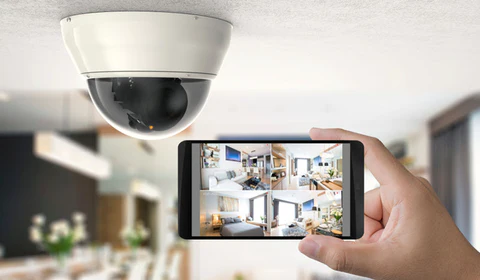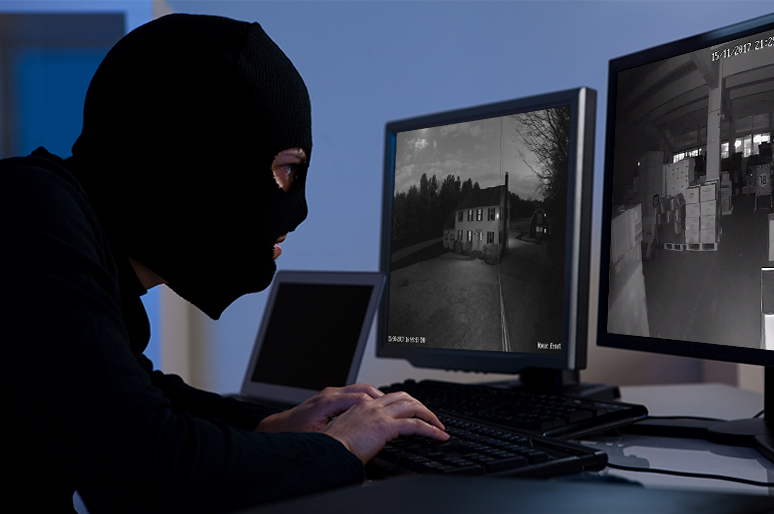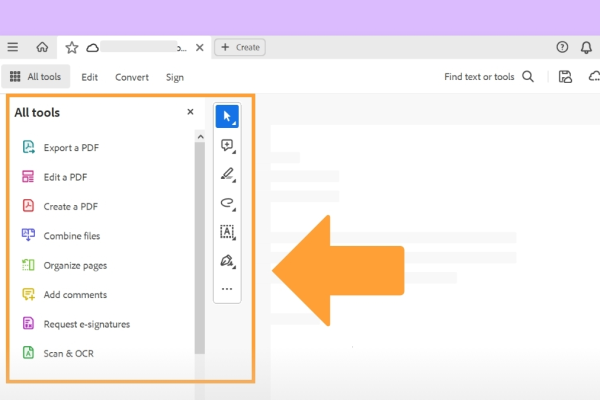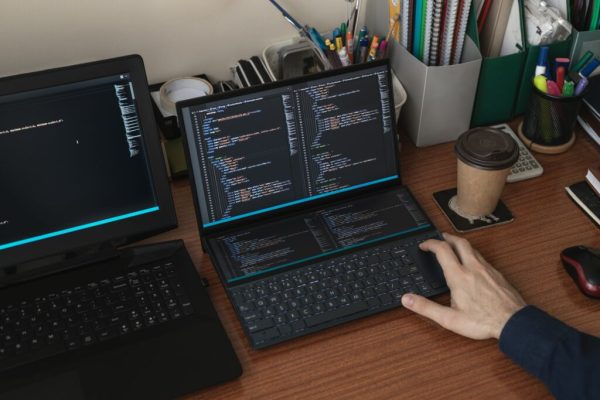Warning signs that indicate a camera has been hacked are here. In this age, cameras are everywhere from sophisticated security cameras to laptop webcams so the possibility of hacking and illegal access is quite real. Security and privacy are seriously threatened by camera hacking, which gives hackers the ability to watch people’s movements, spy on them, and even obtain private data. It’s critical to recognize the warning indicators of camera hacking in order to protect individual and corporate privacy. The top warning indicators that a camera has been compromised will be discussed in this post, along with crucial safety precautions to reduce the possibility of unwanted access.
Warning signs that indicate a camera has been hacked:
These signs are as under:

Unexpected LED indication Lights:
When the camera is not being used, one of the most obvious indicators of camera hacking is the unexpected activation of LED indication lights. So unexpected changes in the camera’s LED light could be a sign of an intruder using remote control or unauthorized access.
Unusual Sounds or Disturbances:
Unusual sounds or disturbances emanating from the microphone of the camera, including static, interference, or background noise, could be a sign that the compromised camera is being actively monitored or used for eavesdropping.
Unexplained Camera Movements:
If your camera moves in an unexpected way, tilts, pans, or zooms without your consent, it may be the result of unauthorized remote control. So this mean that someone has compromised the camera and is manipulating it from outside.
Unauthorized Access to Camera Feeds:
It’s obvious that there has been a security breach if you observe unapproved access to camera feeds or recordings, such as watching video from unidentified devices or locations. So Audit camera activity and access logs on a regular basis to look for any unusual activities
Unknown Files or Software Installed:
Examine the device linked to the camera for any installed unknown files, programmes, or software. Attackers may employ spyware or malicious software to remotely control the camera’s functions or view its feed.
Unexpected Network Activity:
Keep an eye on all network activity and traffic to spot any unauthorized or strange connections to the camera. Unusual network behavior or abrupt increases in data usage could be signs that the camera has been compromised. It means camera is sending data to parties who aren’t supposed to get it.
Modifications to Camera Settings:
Unauthorized access may be indicated if you observe modifications to the camera’s resolution, frame rate, or recording settings. Make sure your camera settings match your preferences and usage habits by reviewing and confirming them on a regular basis.
Device Overheating or Unusual Battery Drain:
Increased device activity brought on by camera hacking may cause overheating or unusual battery drain. Your camera or other linked gadget may be indicating harmful activity or unauthorized access if you observe it getting unusually hot or rapidly running out of battery.
Correspondence or Emails from Unknown Sources:
Emails, texts, or notifications purporting to be from the camera maker or service provider should be avoided. Particularly if they ask for private information or advise you to click on dubious links. These might be efforts at phishing, where the goal is to compromise your device or steal your credentials.
Inability to Access Camera Controls:
If you are unable to use the assigned app or interface to access or control the camera, this may indicate that an attacker is interfering or manipulating the camera remotely. Disconnect the camera from the network right away, then look at the problem in detail.
Preventive actions:
- To increase security and repair known vulnerabilities, keep the firmware and software on your cameras up to date.
- To avoid unwanted access, use strong, one-of-a-kind passwords for camera accounts instead of the default ones.
- Whenever possible, enable two-factor authentication (2FA) to further secure camera accounts.
- Audit and monitor camera activity on a regular basis, taking note of settings, network traffic, and access records, in order to quickly identify and address any potential security risks.
- When not in use, cover or physically unplug cameras to reduce the possibility of unwanted access.
- Users should be made aware of cybersecurity best practices, such as how crucial it is to identify and report any unusual activity involving camera equipment.
People and organizations may successfully reduce the danger of camera hacking and protect their privacy and security in an increasingly connected world by being watchful and proactive in monitoring camera activity and putting strong cybersecurity measures in place.
Common Questions (FAQs) – Cybersecurity & Camera Hacking
Who is vulnerable to camera hacking, and how common is it?
One common cybersecurity risk that can impact people and organizations of all kinds is camera hacking. Anybody utilizing cameras, including webcams, security cameras, and smart home devices, is vulnerable to hacking and unauthorized access due to the growing number of linked devices and the sophistication of cyberattacks.
Is it possible for antivirus software to prevent hacking of cameras?
Antivirus software is not a perfect solution, even while it can assist in identifying and reducing some viruses and spyware that may aid in camera hacking. Using complex approaches, camera hacking may be undetected by conventional antivirus software. To properly guard against camera hacking, extra cybersecurity measures must be put in place. These include employing strong passwords, keeping software updated, and keeping an eye on device activities.
How can I stop my gadgets from being hacked into cameras?
- Strong cybersecurity procedures must be put in place to stop camera hacking, and these procedures include:
- Updating the software and firmware of cameras to fix known vulnerabilities.
- Establishing strong, one-of-a-kind passwords for camera accounts and, if practical, turning on two-factor authentication (2FA).
- Auditing and keeping an eye out for unusual activities on a regular basis, keeping an eye on network traffic, access records, and camera activity.
- When not in use, physically hide or unplug cameras to reduce the possibility of unwanted access.
- Increasing user knowledge of camera hacking warning indicators and educating users on cybersecurity recommended practices.
How should I proceed if I think someone has hacked into my camera?
- In the event that you believe your camera has been compromised, act quickly to safeguard your equipment and preserve your privacy:
- Cut off the camera’s power supply or network connection to stop any more unwanted access.
- Alter the passwords for all accounts related to cameras, including email and cloud storage accounts.
- To fix known vulnerabilities, update the firmware and software on your cameras to the most recent version.
- On devices that are connected, run a comprehensive malware scan to find and eliminate any dangerous software.
- For help and advice on safeguarding your equipment and averting future assaults, get in touch with the camera’s maker or service provider.
Is it possible for hackers to access cameras even when they are not online?
Even though remote access via the internet is used in the majority of camera hacking incidences, cameras that are not physically connected to the internet can nevertheless be compromised by attackers.
Also Read: How to Copy a Website?
Attackers may be able to penetrate and control the device. It is when they have physical access to the camera or the local network. Thus, in order to avoid unwanted access, it’s crucial to put in place physical security measures. It includes limiting access to camera devices and safeguarding local networks. So this was all about Warning signs that indicate a camera has been hacked.





